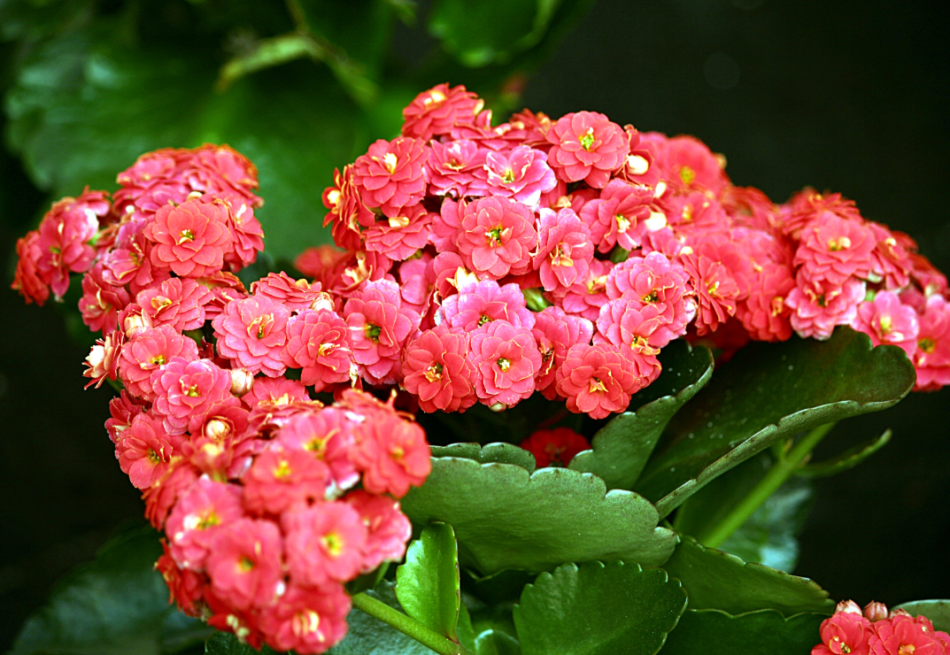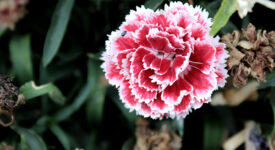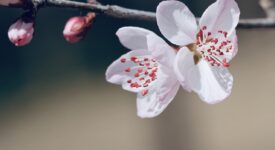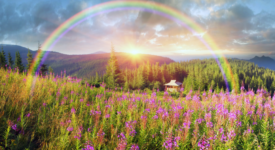If you love tiny clusters of colorful flowers, then kalanchoe may be right for you. However, it is also one of the many plants that are toxic to cats and other pets.
Kalanchoes, which are also known as devil’s backbone, mother-in-law plant and mother of millions, contain bufadienolides or cardiac glycosides that are heart-arresting for pets.
Symptoms
Kalanchoe plants are very popular houseplants that can brighten up any space. However, these plants can be toxic to cats and dogs if they’re ingested.
Kalanchoes are poisonous to animals due to their concentrated levels of cardiotoxic bufadienolides, or cardiac glycosides. These toxins disrupt the normal functioning of the heart by inhibiting the sodium-potassium pump and causing arrhythmias.
The most common symptoms of kalanchoe toxicity in pets are vomiting, diarrhea, and lethargy. You should contact a veterinarian or the ASPCA Poison Control Center as soon as possible.
In some cases, kalanchoe poisoning can be fatal. If your cat has ingested the plant, keep them calm and quiet until they are seen by a vet. If they are suffering from the effects, they may need intravenous fluids, anti-vomiting medications, and monitoring.
Treatment
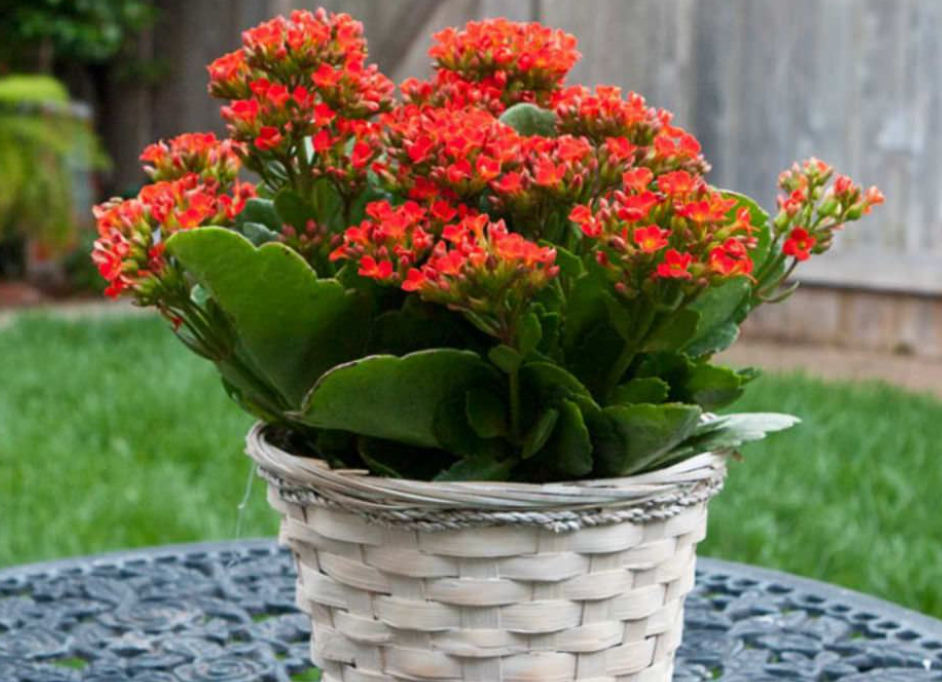
Kalanchoe is a popular houseplant that thrives in well-drained soil, and it can be planted indoors or outdoors. Despite its popularity, this plant is toxic to cats and can make them sick if they ingest it.
Even a small portion of the plant can cause severe poisoning in dogs, cats, and birds. Its toxicity is caused by a group of bufadienolides cardiac glycosides that disrupt the normal heart functioning.
The toxins block the sodium-potassium pump of the heart cell membrane, causing disorganized cardiac electrical activity and arrhythmias. This can lead to abnormal heart rhythm, weakness, and collapse.
If your cat eats a kalanchoe plant, it’s important to get her to the veterinarian as soon as possible. They’ll likely treat her for vomiting and provide her with hydration through an IV. If she has severe toxicity, they may also try to inject her with medicine.
Prevention
A lot of houseplants are toxic to pets, and you need to keep them away from your cats. One such plant is Kalanchoe ( also known as mother-in-law plant, devil’s backbone, and mother-of-millions).
This plant contains bufadienolides, which are a type of cardiac toxin. They cause gastrointestinal upset and vomiting, which can lead to dehydration and other problems.
Another problem with kalanchoe is that it can cause an abnormal heart rate in pets, which causes breathing issues and could even lead to cardiac arrest. If this happens, you will need to contact your veterinarian for treatment as soon as possible.
You can prevent this from happening by placing your plants in areas that are difficult for your cat to reach and offering them a variety of toys and activities. These will discourage your pet from nibbling the plant and can help you spot any symptoms that may indicate they have ingested a toxin.
Precautions

Most Kalanchoe plants are harmless to humans, but some species are toxic. They belong to the Crassulaceae family and are native to Africa, Madagascar, and Australia.
These plants contain cardiac glycosides or cardiotoxins that are poisonous to animals. In higher doses, they can cause seizures and heart arrhythmias.
Even a small amount of this plant can be harmful to cats, and you need to take precautions when feeding it to them. If your cat eats a part of the plant and shows symptoms, remove it immediately from their mouth.
If they eat the whole plant, it can be more harmful and result in more serious effects. They can vomit, have diarrhea, and experience seizures and abnormal heart rhythms.
Some kalanchoe plants are more sensitive to sunlight than others, so be careful where you place them. If they get too much sun, their leaves will turn red and burn. If you have them indoors, move them away from direct sunlight or use a grow light to supplement natural light.

